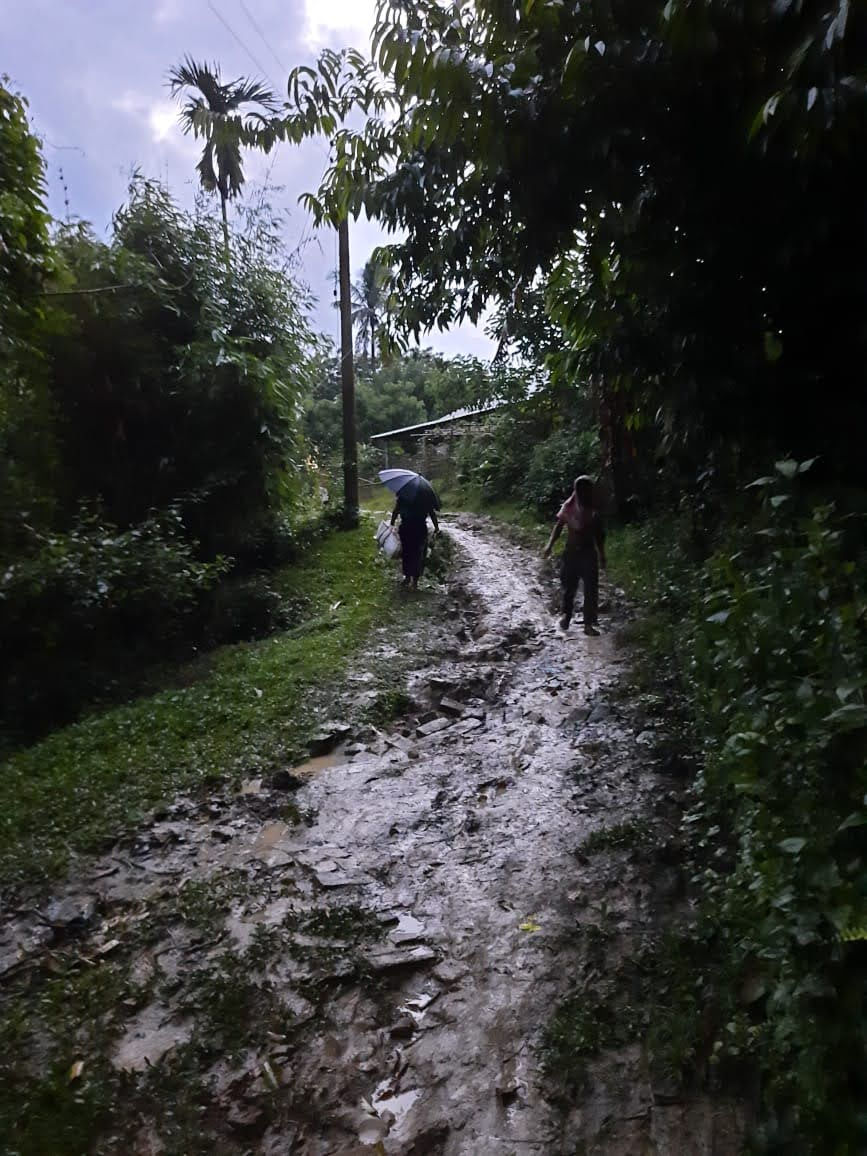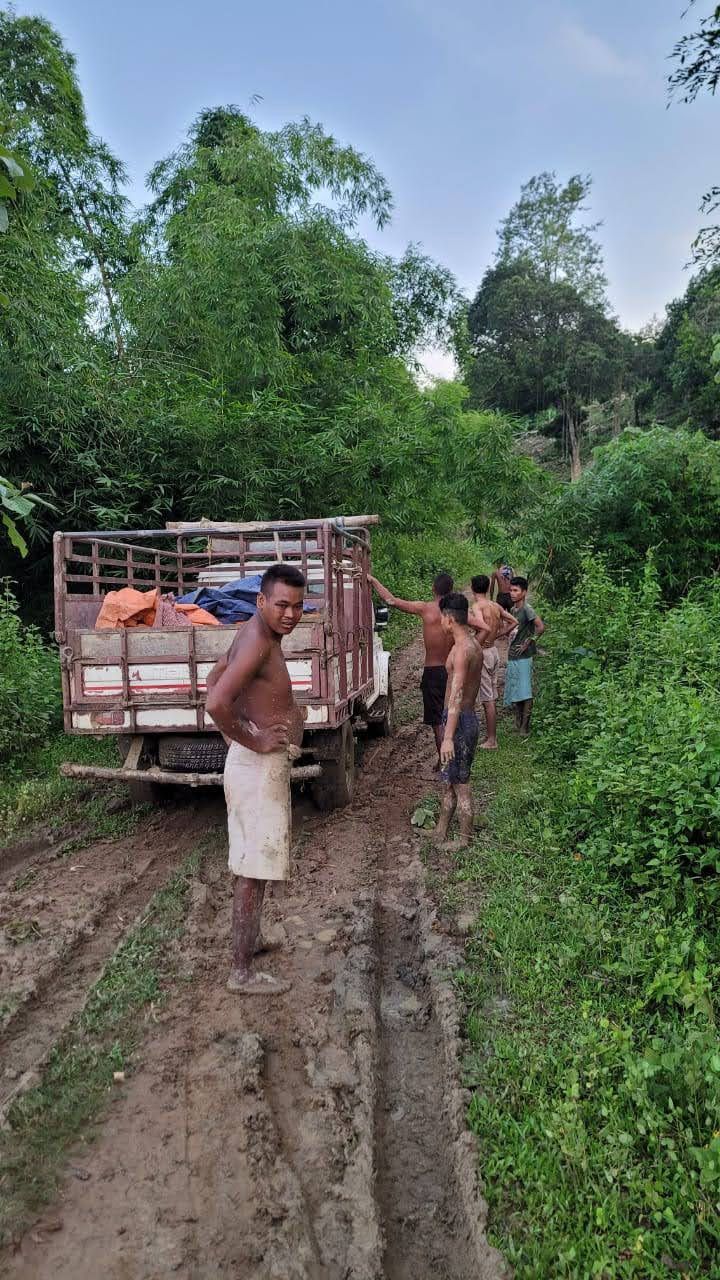Away From Swanky Highways, Roads In Indigenous Areas Of Tripura Are Going From Bad To Worse
- Kulungti Jamatia
- Oct 25, 2021
- 3 min read
In our indigenous language of Kokborok, it is said, “lama no langma” which means “the road is life”. Yet, the roads in indigenous areas of Tripura continue to be a threat to people and vehicles that ply on them. Many of them have not been repaired in many years, turning them into slippery puddles every time it rains. The original pucca road has now disappeared under layers of soil and dirt.

I live in Mayung Twisa village which is one of the oldest in the state. The village was formed many years before India’s Independence. About 30 years ago, the administration laid bricks on the main path leading from the highway to the village. For some years, travel became comfortable. However, ever since the initial laying, the road hasn’t seen any major repair work. For years now, locals have been suffering from accidents and slips due to the bad road. However, they are not educated enough or politically strong enough to go to government offices and get the road made.
The nearby villages of Ajwla and Bereng Tokuru are also suffering from neglected roads as Mayung Twisa is the artery road. One has to pass through this village to reach the other areas in this region of Gomati District. Similar complaints can be heard from other indigenous villages such as Shilghati, Tota Kami, and Hadra.
Coming back to the condition of roads in my village, it has become dangerous for us to travel on it due to the number of puddles and craters that have formed on it. There are thousands of people who live in the area who have no choice but to risk their safety every time they step out.
My sister Hambli Jamatia has a shop at Haduk Bazar which is about 1 km from her house. She is a graduate in Nursing but hasn’t found employment yet. Every evening she tries to sell the vegetables from her garden in order to earn a few rupees. But, during monsoon, she doesn’t take the risk of going to the market. “The road, if it can be called that, is muddy and slippery. Many times I have slipped on it and hurt myself,” she says.
In the neighbouring village of Ajwla lives Khapangsa Jamatia who plies a shared auto to and from the Mayung Twisa market. He says that he is only able to work as an auto-driver during winters when the land is dry. For the rest of the year, he cannot take the risk of plying his auto on the road. “My auto gets stuck in the slippery mud and I end up having to spend more than what I earn on maintaining the vehicle. Therefore, I never use my auto during the rest of the year, especially during monsoons,” he says.

Other than receiving injuries, the bad roads of Mayung Twisa causes huge economic losses to the residents each year. The villagers, mostly farmers, are unable to transport their farm produce to the markets for sale. Even if they somehow make it to the markets, they have to sell at low prices as they fear that they cannot make the second trip the next day.
My own experience of travelling on the road has been rift with discomfort. I have heard from the elders that the government has sanctioned repairs but no one can tell when the work will start.
This article has been created as a part of the Adivasi Awaaz project, with the support of Misereor and Prayog Samaj Sevi Sanstha.

Comentários